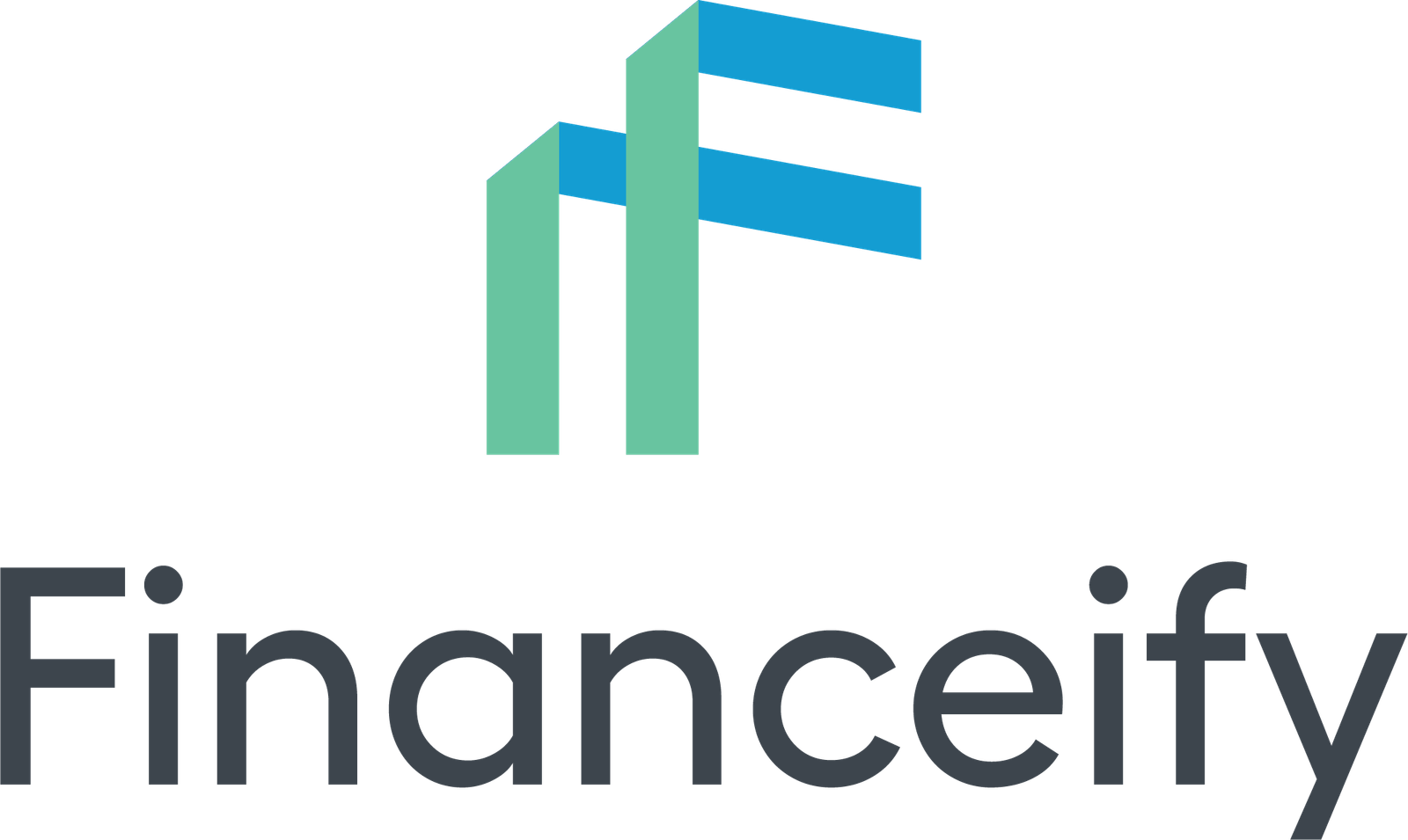Retirement planning is a key aspect of financial well-being, yet it is often overlooked or delayed. Understanding why you need a retirement plan, how much to save and where, and other financial preparations beyond saving are essential steps in ensuring a comfortable and financially stable retirement.
Basics of retirement planning
- Purpose of a retirement plan: To set clear retirement goals, calculate savings needs and guide investment choices.
- Setting a savings goal: Factors include age, desired retirement lifestyle, federal government benefits and retirement income.
- Retirement saving options: :
- RRSP: Tax credits and deferred tax growth, ideal for middle- and high-income earners.
- TFSA: Tax-free growth and withdrawals, suitable for all income levels.
- Company pension plans: Increase savings through employer contributions.
- Beyond saving: Additional steps in preparing for retirement include:
- Debt management: Aim for a debt-free retirement.
- Calculating your income: Estimate your retirement income from various sources.
- Insurance review: Tailor your insurance coverage to your retirement needs.
- Appropriation: Match your retirement income to your expected expenses.
- Government benefits: Apply for CPP/QPP and OAS in advance.
- Income conversion: Explore RRIFs and annuities for regular income.
- Legal documents: Update of wills and powers of attorney.
Effective retirement planning involves a comprehensive approach that goes beyond simply saving money and includes debt management, income planning, insurance adjustments, and legal preparations.
Why is it worth having a retirement plan?
A retirement plan is more than just setting aside money for the future; it’s about understanding your financial needs and goals for your retirement years. A well-constructed plan helps:
- Set clear goals: Determine when you want to retire and what kind of lifestyle you envision.
- Calculate your savings needs: Estimate how much money you will need to live comfortably in retirement.
- Guide to investment choices: Tailor your investments to suit your retirement goals, time horizon and risk tolerance.
How much do you need to save for retirement?
Setting your retirement savings goal is a crucial step. Consider the following factors:
- your age: Starting repayment early allows you to harness the power of compound interest, reducing the amount you need to save.
- Lifestyle expectations: Your desired retirement lifestyle helps you estimate your monthly spending needs.
- Federal government benefits: Find out how CPP/QPP, OAS and GIS will affect your retirement income.
- Pension income: Include income from occupational retirement plans, whether defined benefit or defined contribution.
- Budget: Remember that you have control over your expenses.
Where can you save money for retirement?
There are several savings options available in Canada:
- Registered Retirement Savings Plan (RRSP): Offers tax credits and deferred tax growth, perfect for middle- and high-income earners.
- Tax-Free Savings Account (TFSA): Suitable for all income levels, allows growth and tax-free withdrawals.
- Employee pension and savings plans: Employer contributions can significantly increase your retirement savings.
Financial preparation for retirement beyond saving
Effective retirement planning is about more than just saving money. Consider these additional steps:
- Pay off debts: Aim to retire debt-free to maximize your income.
- Calculate your monthly retirement income: Use calculators to estimate your income from savings, pensions and government benefits.
- Review your insurance needs: Tailor your coverage to meet your changing needs in retirement.
- Appropriation: Make sure your retirement income meets or exceeds your expected expenses.
- Apply for government benefits: Apply for CPP/QPP and OAS in advance to avoid delays in receiving benefits.
- Turn savings into income: Explore options like RRIFs and annuities to ensure regular income in retirement.
- Trusted contact person: Add a contact to your account in case of emergencies or financial security concerns.
- Update legal documents: Review and update your will and powers of attorney.
In summary
Retirement planning is a multi-faceted process that requires careful consideration of financial needs, lifestyle goals and the various savings and investment vehicles available. By starting early, understanding your options and preparing comprehensively, you can ensure a retirement that is both financially secure and in line with your personal aspirations.


